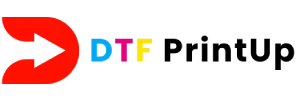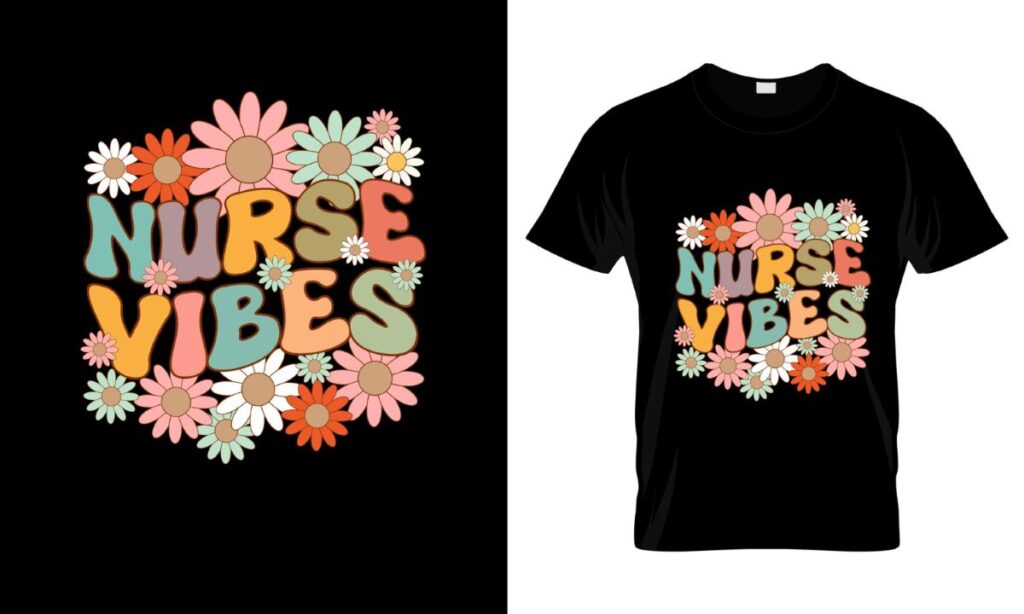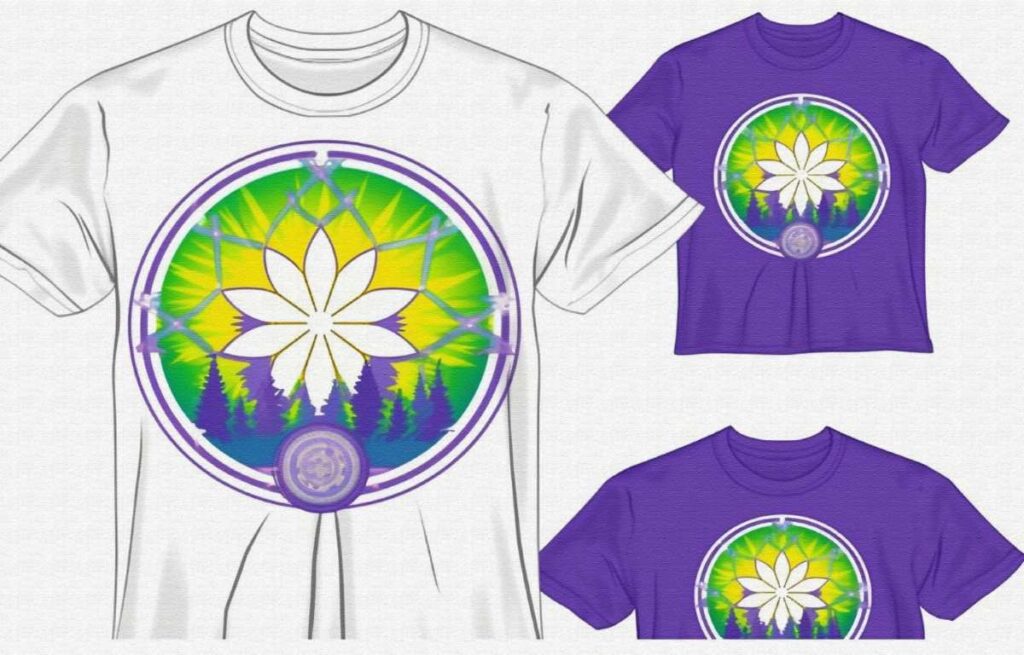DTF supplies have revolutionized the way businesses and hobbyists approach printing, particularly with Direct-to-Film (DTF) technology gaining immense popularity. These supplies include a range of essential items, from high-quality films to compatible inks and printers, facilitating vibrant and long-lasting prints on diverse materials. As the market for DTF printing expands, understanding the nuances of various products becomes crucial for making informed investments. Whether you are searching for the best DTF printers from renowned brands like Epson or Mimaki, or aiming to compare different DTF supplies, this guide will illuminate your path through the choices available. Join us as we dive deep into the world of DTF printing, helping you identify which supplies are truly worth your investment.
When we talk about DTF printing essentials, we’re referring to a broad spectrum of components that enable the innovative transfer of images onto fabrics. The technology, known for its efficiency and versatility, appeals to both amateur and professional printers who seek high-quality outputs and a variety of applications. With many brands competing in this space, it’s vital to explore every angle, from sourcing the most suitable printing devices to recognizing the best materials available. Terms like Direct-to-Film supplies, printing media, and transfer films often come up in discussions, as they highlight the critical components that contribute to successful prints. This discussion will serve as an explorative journey through some top contenders and their offerings in the DTF supplies landscape.
Understanding Direct-to-Film Printing
Direct-to-Film (DTF) printing represents a revolutionary advancement in the textile printing landscape, offering unparalleled flexibility and quality. This method utilizes a unique transfer film where designs are printed in reverse and transferred using heat and pressure onto various fabrics. With its growing popularity, many print shop owners are discovering how DTF provides vibrant colors and intricate detail, making it an excellent choice for custom apparel and merchandise.
What sets DTF apart from traditional methods like Direct-to-Garment (DTG) printing is its ability to work on a wide range of materials, including cotton, polyester, and blends, without requiring extensive prep work. Furthermore, the low cost per print combined with its ability to produce high-quality results makes DTF a game-changer for small businesses looking to level up their printing capabilities.
Key Players in DTF Supplies Market
When diving into the DTF supplies market, it’s essential to recognize the key players that consistently offer high-quality products. Brands like Epson and Mimaki are leading the charge, providing printers that are well-regarded for their performance and results. Epson’s SureColor line, known for its print resolution and color fidelity, consistently garners positive reviews, making it a best-seller among DTF printers. Users praising its reliability often highlight how its advanced technology delivers consistent results with every print run.
On the other hand, Mimaki has carved a niche for itself by providing user-friendly DTF printers equipped with powerful software that assists even beginners in navigating the complexities of this printing technology. Besides the ease of use, Mimaki printers are celebrated for their versatility, allowing users to switch between printing mediums smoothly, making it an ideal choice for businesses offering diverse product lines.
Epson DTF: A Closer Look at Quality and Performance
Epson’s DTF printers, particularly the SureColor series, are often cited as the gold standard for quality and performance within the DTF printing space. With high print resolutions and exceptional color accuracy, Epson ensures that users achieve vibrant and lifelike images on a range of fabrics. This attention to detail has made Epson a renowned name in the industry, as many print professionals depend on these machines for fulfilling high-demand orders.
Beyond just the printing capabilities, the reliability and efficiency of Epson DTF printers further strengthen their appeal. Long-term users consistently report fewer maintenance issues and a longer lifespan for their equipment, ultimately highlighting the cost-effectiveness of investing in Epson when comparing DTF supplies. This makes Epson not just a printer choice, but a strategic investment for serious print shops aiming for quality and productivity.
Mimaki DTF Printers: Versatility and Usability Combined
Mimaki continually pushes the envelope in DTF printing by offering a range of printers tailored for versatility. Their models come with capabilities to handle a vast variety of materials, from solid fabrics to intricate designs, appealing to both novices and seasoned professionals alike. Users appreciate the robust software support that accompanies these printers, simplifying the setup process and allowing users to focus more on creativity rather than technicalities.
Additionally, the output quality from Mimaki printers is another significant aspect that stands out among competitors. Print results are not only vibrant but also durable, making them perfect for applications requiring long-lasting designs, such as sports apparel and promotional products. This blend of usability and quality ensures that Mimaki remains a favored choice for businesses keen on expanding their DTF printing capabilities.
Investing in DTF Supplies: Cost vs. Quality
When considering DTF supplies, one crucial aspect to evaluate is the balance between cost and quality. Higher-end models, such as those from Epson and Mimaki, may come with a more substantial price tag, but they often provide greater reliability and performance efficiency. Users frequently report that the best printers tend to produce less waste and require fewer repairs over time, which can translate to substantial savings on maintenance and operational costs.
Conversely, choosing cheaper alternatives could lead to hidden expenses related to the quality of inks and films used. If they require more frequent replacements or produce inferior print quality, the initial savings could be quickly offset. Thus, it’s vital to assess the lifetime value of the investment rather than focusing solely on the upfront costs when selecting DTF supplies.
Emerging Trends in DTF Printing Supplies
As the Direct-to-Film printing industry evolves, emerging trends play a critical role in shaping consumer choices. Sustainability has become increasingly vital, with brands like Brother leading the charge by introducing eco-friendly inks and film options. Consumers are now more conscientious of the environmental impact of their printing supplies, seeking materials that align with their values.
Additionally, the market has seen an influx of specialized DTF supplies targeting niche applications. Brands are developing products specifically for fashion, sportswear, and other sectors that require unique design and performance characteristics. This diversification not only caters to specific demands but also encourages innovation within the DTF printing realm, creating exciting possibilities for businesses in various industries.
Frequently Asked Questions
What are the benefits of using DTF supplies for printing?
DTF supplies provide numerous benefits including vibrant color outputs, compatibility with various fabric types, and cost-effectiveness compared to traditional printing methods. The Direct-to-Film (DTF) printing process allows for detailed designs and high-quality prints while minimizing material waste, making it a popular choice among businesses in the textile industry.
Which are considered the best DTF printers on the market?
Some of the best DTF printers include models from Epson and Mimaki. Epson’s SureColor series is frequently lauded for its exceptional print resolution and color accuracy. Similarly, Mimaki offers user-friendly DTF printers that cater to both beginner and advanced users, making them ideal for various printing applications.
How do I compare different DTF supplies effectively?
When comparing DTF supplies, consider factors such as print quality, compatibility with your existing equipment, overall cost (including ongoing maintenance), and customer support. Reading consumer reviews and expert recommendations can also provide valuable insights into the experiences of other users with brands like Roland, Epson, and Polyprint.
What are the key differences between Epson and Mimaki DTF printers?
Epson DTF printers are known for their superior print quality and reliability, making them suitable for high-volume production. In contrast, Mimaki printers are praised for their versatility and robust software support, ideal for users needing user-friendly operation and a wide range of material handling for applications like sportswear.
Are there affordable alternatives to high-end DTF supplies?
Yes, there are more affordable DTF supplies available from brands like Polyprint and A3 that offer competitive pricing without compromising too much on quality. While they may lack some advanced features, many users report satisfactory results that make these brands viable options, especially for startups looking to minimize initial investments.
What should I consider before investing in DTF supplies?
Before investing in DTF supplies, consider the initial purchase cost versus long-term operational costs, the quality and reliability of the equipment, the availability of customer support, and the specific needs of your printing applications. It’s essential to choose a setup that aligns with your goals and scales as your business grows.
| Brand | Key Features | Consumer Ratings | Investment Factors |
|---|---|---|---|
| Epson | Exceptional print resolution and color accuracy; reliable and durable performance. | Highly rated for quality and performance; positive user feedback. | Long-term reliability; higher upfront cost but lower ongoing costs. |
| Mimaki | User-friendly interface; robust software support; versatile material handling. | Well-reviewed for usability and vibrant outputs; popular among diverse users. | Good balance of cost and quality; caters to a wide range of applications. |
| Roland | Dual functionality for DTF and DTG printing; high-quality output on various media. | Positive reviews for adaptability and output quality; favored for dynamic services. | Ideal for businesses aiming for versatility; supportive ecosystem. |
| Polyprint & A3 | Affordable options; satisfactory quality for startup businesses. | Decent reliability; good for budget-conscious users. | Cost-effective; suitable for newcomers without extensive resource commitments. |
Summary
DTF supplies have become essential for businesses looking to thrive in the modern printing landscape. As the market evolves, investing in quality DTF supplies from reputable brands like Epson, Mimaki, and Roland can significantly enhance your printing capabilities. Each brand excels in different aspects—whether it’s Epson with its high-quality print resolution, Mimaki with user-friendly designs, or Roland with its adaptability in printing techniques. Consumers must weigh their printing needs against budget constraints while considering long-term reliability and support. With the right choice in DTF supplies, businesses can leverage cutting-edge technology to meet their diverse printing demands efficiently.



